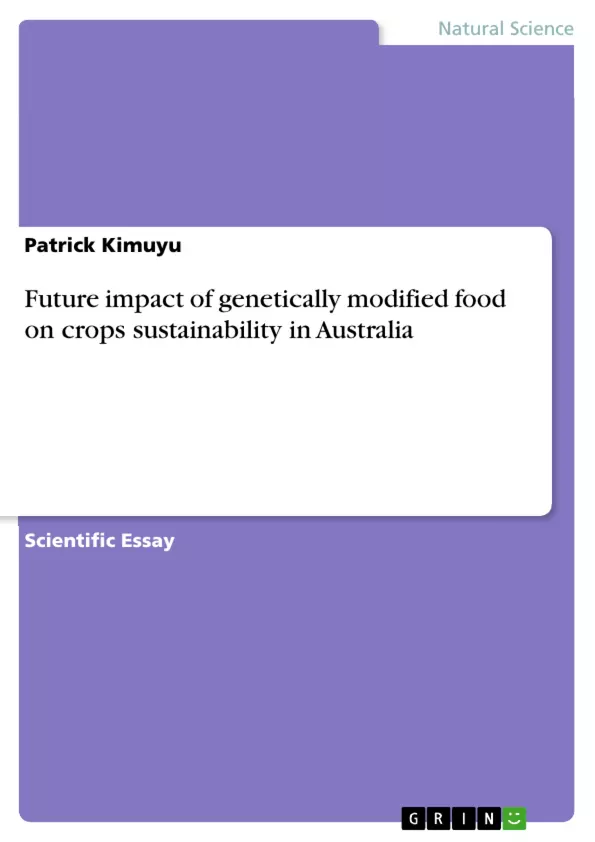Australia has been experiencing immense food shortages over the decades and this problem appears to challenge demographic transition of the Australian population. The problem of food shortage can be traced back to the mid 19the Century, especially in the post World War II when food was believed to be a rare commodity to the Australian soldiers. State Library of Victoria reports that, “Australians began to experience shortages of almost everything they needed in daily life. At the time of World War II, most of them drank tea, not coffee”.
This problem seems to have persisted over decades because Australia has not established sustainable Agriculture for mass production of food for the Australian population. In the 1960’s, Australia relied solely on foodstuff imports from the Pacific countries but, its dependence on food imports have decreased significantly owing to the country’s effort to attain food sustainability through embarking on food security policies. Therefore, this essay will explain the issue of food shortages in the future and, how Australia can solve this problem by genetic modified food.
Inhaltsverzeichnis (Table of Contents)
- FUTURE IMPACT OF GENETIC MODIFIED FOOD ON CROPS SUSTAINABILITY IN AUSTRALIA
- Introduction
- Australia's Food Security
- Genetic Modified Food: A Solution to Australia's Food Shortages
- Drought Tolerance
- Pest Resistance
- Disease Resistance
- Conclusion
Zielsetzung und Themenschwerpunkte (Objectives and Key Themes)
This essay explores the future impact of genetic modified food on crops sustainability in Australia. It investigates the potential of genetic engineering to address food shortages and enhance agricultural productivity in the face of increasing food consumption, recurrent droughts, and soil infertility.
- Food security in Australia
- Genetic modification as a solution to food shortages
- Drought tolerance in crops
- Pest resistance in crops
- Disease resistance in crops
Zusammenfassung der Kapitel (Chapter Summaries)
The essay begins by outlining the challenges of food security in Australia, highlighting the historical and ongoing issues of food shortages. It discusses the impact of drought and other environmental factors on agricultural output, and the need for sustainable solutions. The essay then focuses on genetic modified food as a potential solution to these challenges, emphasizing the potential of this technology to enhance crop yields and resilience.
The chapter on drought tolerance explores the potential for genetically modifying indigenous crops to withstand water scarcity. It highlights the advantages of combining drought-resistant indigenous traits with high-yielding exotic crop genomes to produce resilient and productive crops.
The chapter on pest resistance discusses the use of endotoxins produced by microorganisms to develop insect-resistant crops. The essay emphasizes the significance of bacterial endotoxins, such as those produced by Bacillus thuringiensis (Bt), in combating insect pests and reducing crop damage.
Finally, the chapter on disease resistance outlines the potential for genetic modification to enhance crops' ability to withstand diseases. It explains the process of incorporating disease-resistant traits from indigenous crops into high-yielding varieties to improve overall disease resilience.
Schlüsselwörter (Keywords)
The essay focuses on the critical themes of food security, genetic modification, crops sustainability, drought tolerance, pest resistance, and disease resistance. It examines the potential of genetic engineering technologies to address Australia's food shortages and enhance agricultural productivity in a challenging environment.
- Citar trabajo
- Patrick Kimuyu (Autor), 2017, Future impact of genetically modified food on crops sustainability in Australia, Múnich, GRIN Verlag, https://www.grin.com/document/381028



